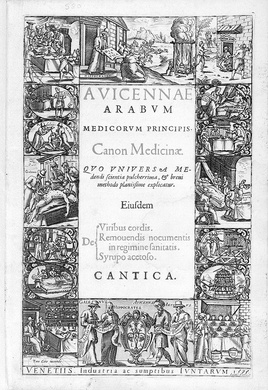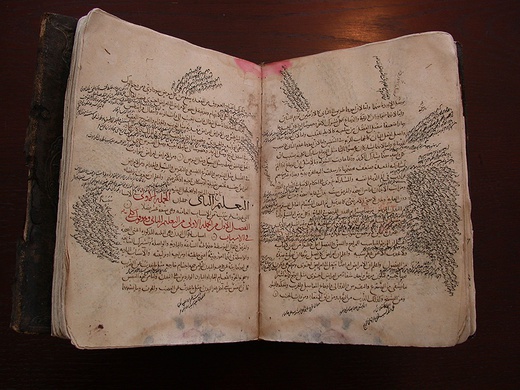
In "al-Qanun" ("The Canon of Medicine") the Persian physician, Ibn Sina (in Latin he is known as Avicenna), followed the methodical, analytical approach to medicine originated by al-Razi. "Al-Qanun" was translated into Latin towards the end of the twelfth century CE and became a reference source for medical studies in the universities of Europe until the end of the seventeenth century.
Ibn Sina attributed the anaesthetic action of the various medical plants to specific poisonous properties of variable strength. According to Ibn Sina, opium is the most powerful, but he also refers to many others including mandrake, papaveris, henbane, hemlock, and cannabis. These drugs, especially opium, were used as local anaesthetics in dental cases, earache, eye pain and joint pain (especially in gout).The drugs were administered by ingestion, inhalation or rectally. Ibn Sina gave careful attention to determining the precise dose needed and was aware of side-effects.
Opium was advised for the treatment of ailments including gout, muscle pain and nerve injury, preoperative and postoperative pain, and chronic pain. Cannabis was prescribed for the alleviation of severe headache as well as treatment for degenerative bone and joint diseases, among other things.
Source: www.muslimheritage.com; Avicenna J Phytomed (2015) 5, 182-202.
| Drugs: | Cannabis (marijuana), Opium (morphine, heroin, opioids) |
|---|---|
| Regions: | Asia, Uzbekistan, Europe |
| Topics: | Medicinal use of drugs |


